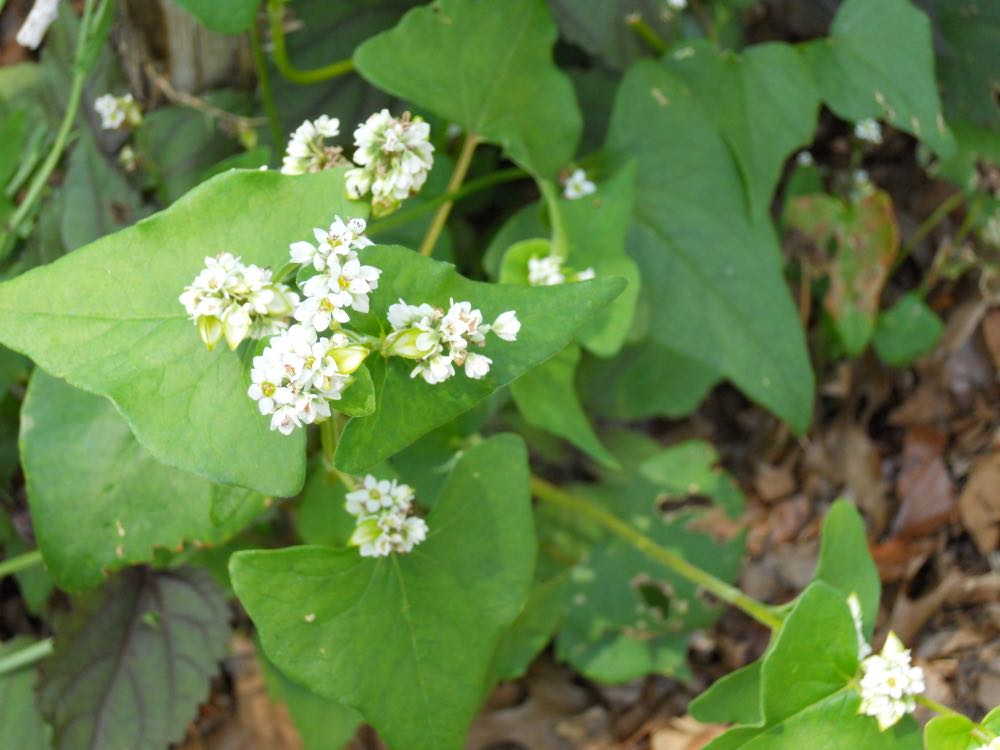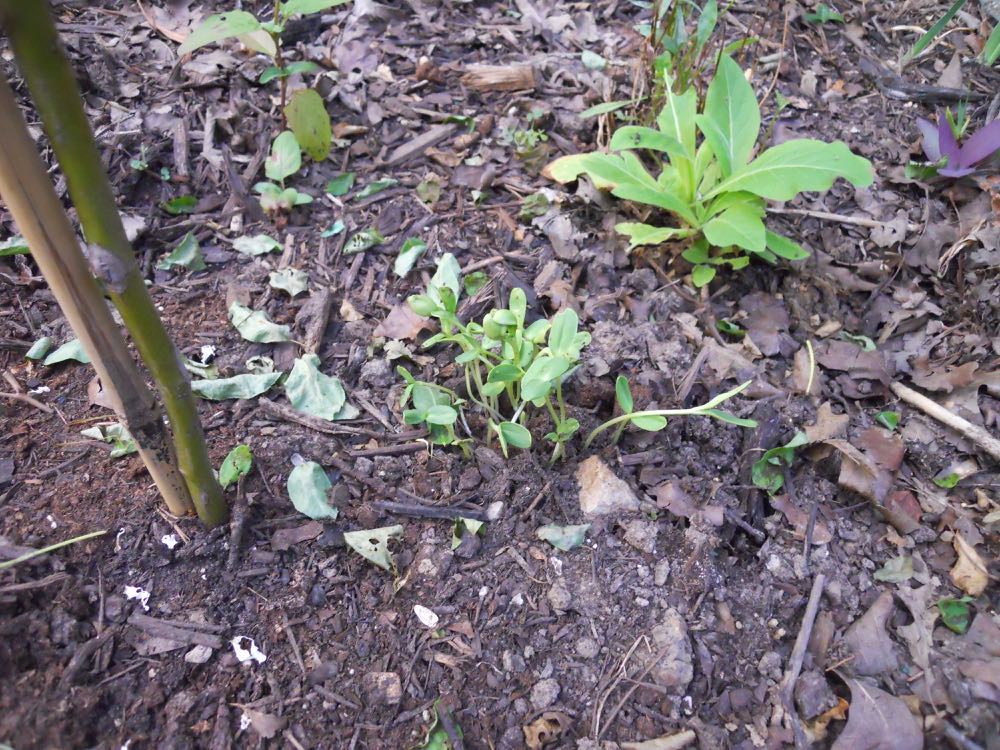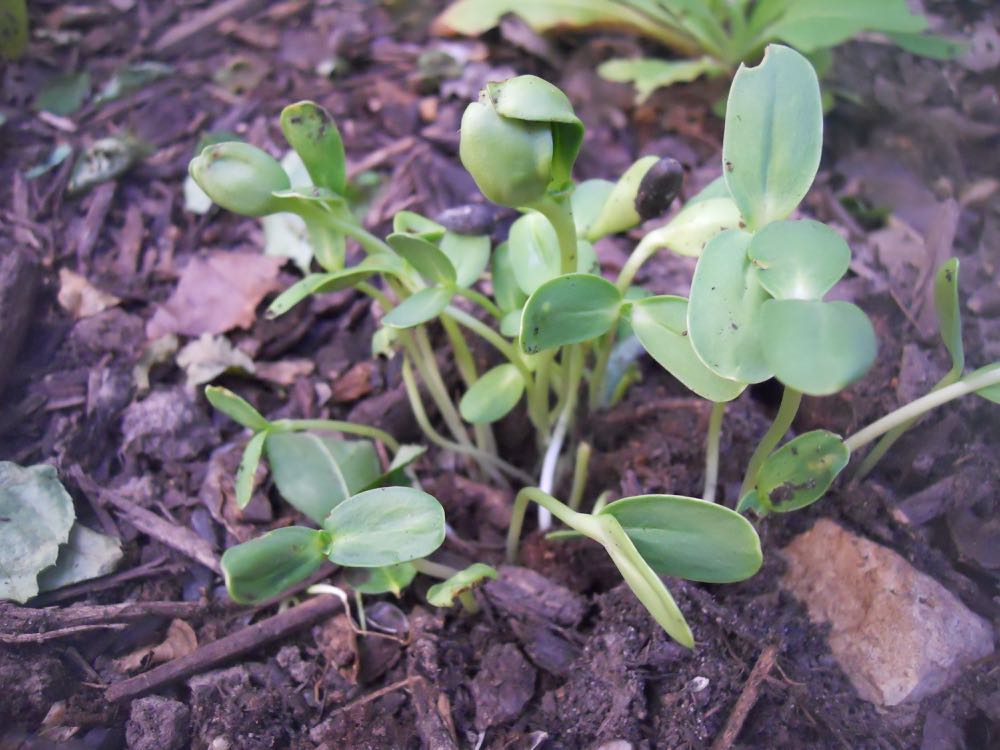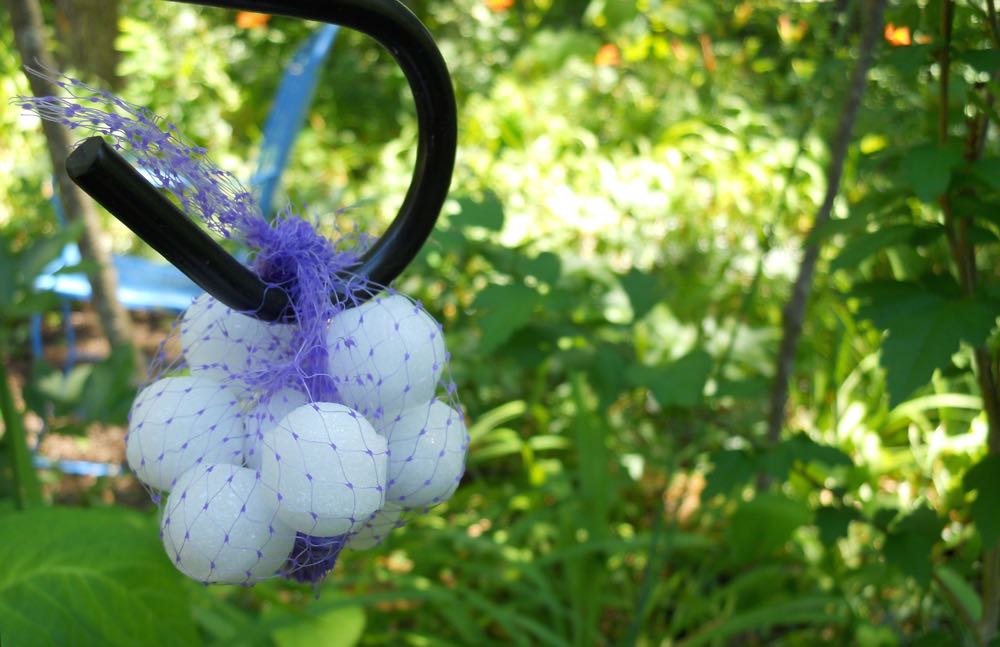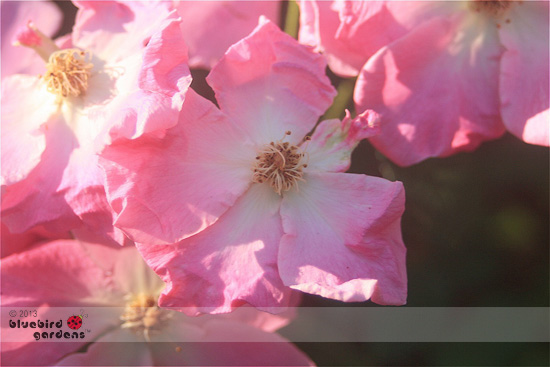Snappy Turtle
/This is where I found this turtle in my garden, as if it had climbed my garden steps. (Photo by Charlotte Ekker Wiggins)
Snappy Turtle
I have lost count of the number of turtles I have helped cross a road. Usually they are a variety of Missouri box turtle; Missouri is home to 18 different turtle species.
Over the years, it’s the box turtles that have hung around my garden. Lefty Louie was a three-legged box turtle that chose to spend several seasons in my garden, stopping by the garage door whenever he wanted a strawberry. The many turtle adventures - I do brake for turtles - also led me to carry Turtle Time Quilt and Wall Hanging.
I was thinking about Lefty Louie the morning I was walking through my garden and saw a new visitor sitting at the top of my retaining wall stairs. Moving towards the back for a closer look, I realized this was one of Missouri’s common snapping turtles, not a turtle one wants to pick up and expect to still have all fingers.
One of our local park ponds had a resident snapping turtle in the 1980s. When the US Army came in one summer to help clean out the pond , the crew reportedly would quickly make for landfall every time “Friskie” would surface and snap at their heels.
Maybe this turtle is just walking through, I thought to myself. They do migrate through. Within minutes, it was moving towards my little goldfish pond.
Look at the back side, that tail looks quite pre-historic. (Photo by Charlotte Ekker Wiggins)
These snapping turtles used to be a popular food source, or so I am told. Starting March 1, 2018, Missouri Department of Conservation made it illegal to harvest common snapping and soft shell turtles for commercial use. They can still be harvested for personal use but the limit has been reduced from five each to a total of two.
It shouldn’t affect many. According to the state conservation department, very few individuals reported harvesting turtles for food during their 2017 open houses but snapping turtles are commercially sold to foreign markets.
Missouri Department of Conservation said turtles are loosing ground to land conversion, draining of wetlands and channelization of rivers, which have replaced their preferred habit – swamps, marshes and meandering streams.
Missouri is home to 18 turtle species. A couple of decades ago, I remember box turtle numbers precipitously dropped due to highway mortality and people were encouraged to not hit them as they migrate. Here are Missouri Department of Conservation’s other recommendations:
Don’t adopt or buy turtles for pets.
Don’t shoot turtles for sport. It’s illegal and it puts pressures on an already stressed animal group.
Report turtle poachers to Operation Game Thief 800-392-1111.
Be careful where you drive, especially in spring and summer when box turtles are mating, nesting and dispersing. If you can do so safely, stop and help a turtle cross the road. Always move the turtle in the direction it is headed.
Created habitat areas around your home or farm with wetlands and wooded, shrubby and grassy natural habitat.
And my snappy visitor?
I tossed a plastic tote over it and carefully nudged it into the tote before turning it over. The turtle was moved to a large open pond about 15 miles from my house with a nearby stream.
Charlotte



